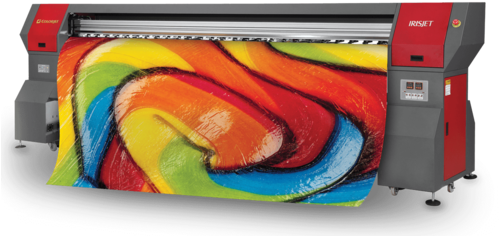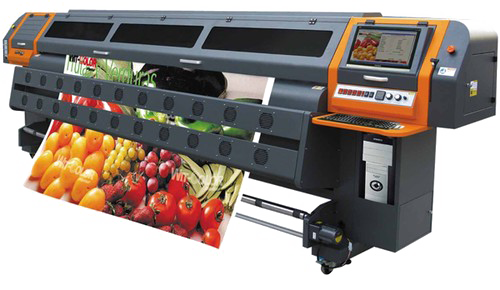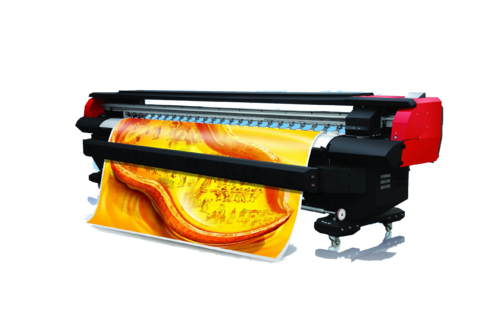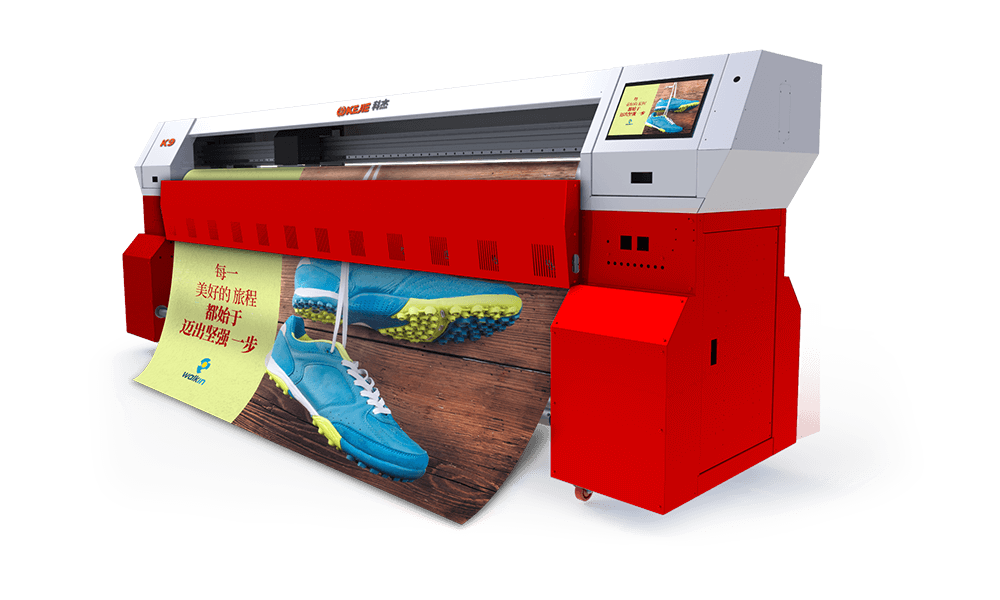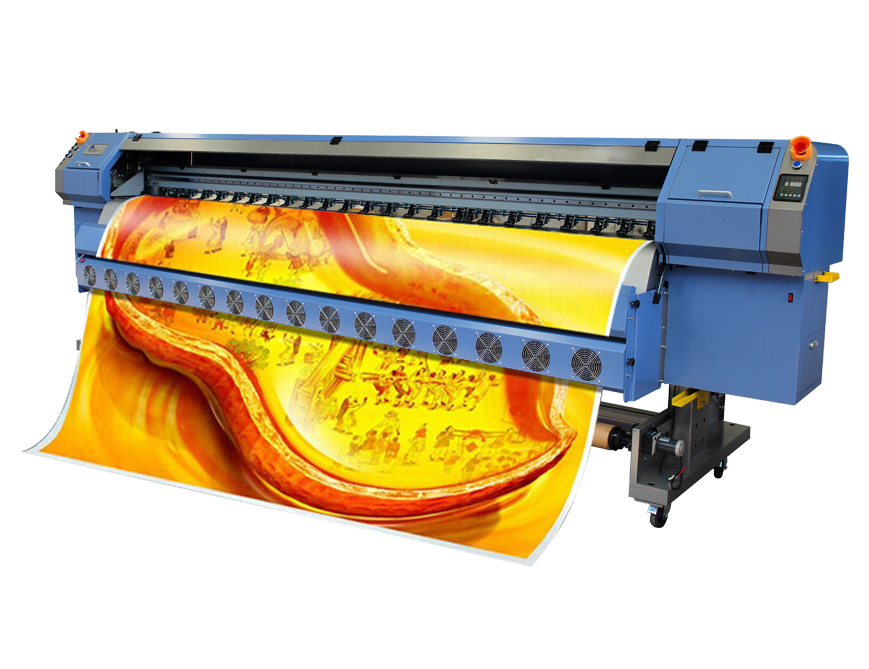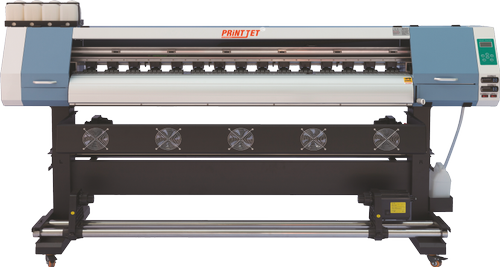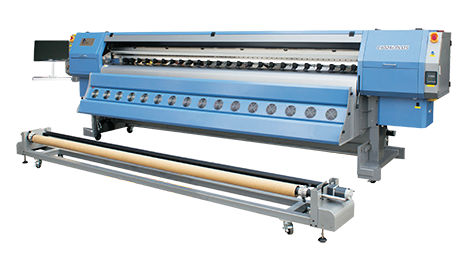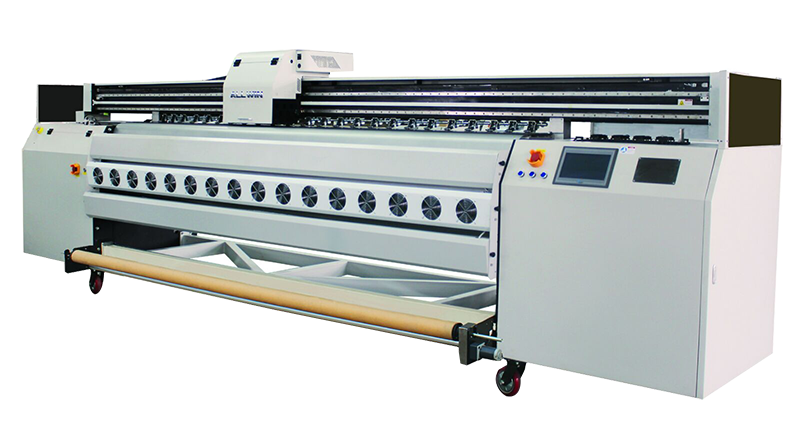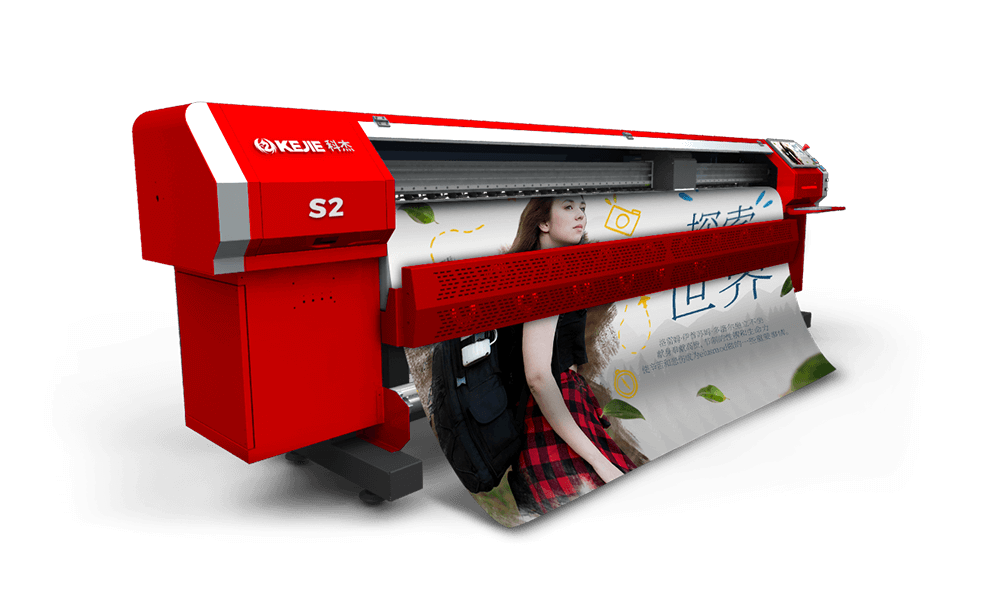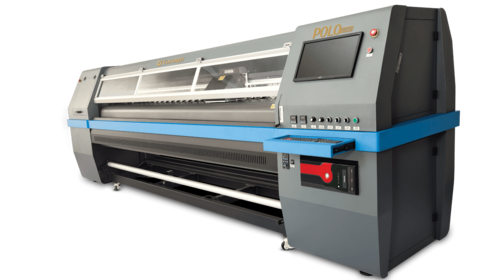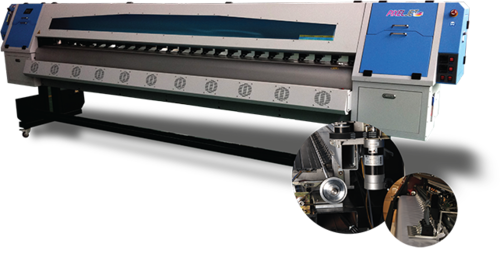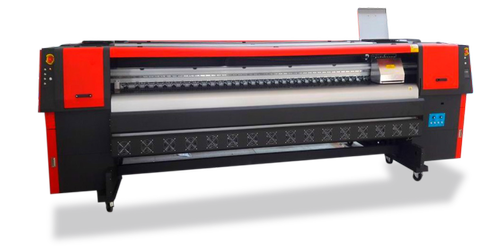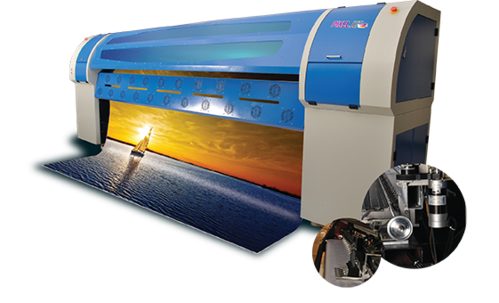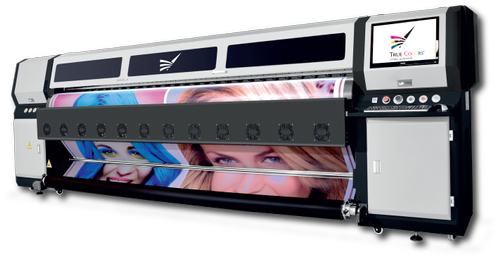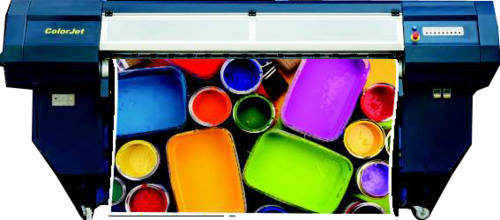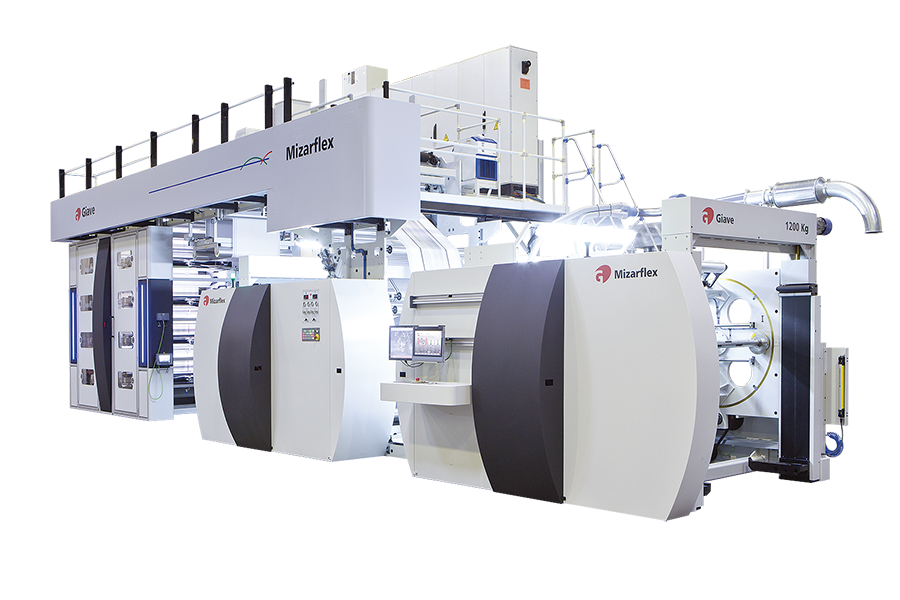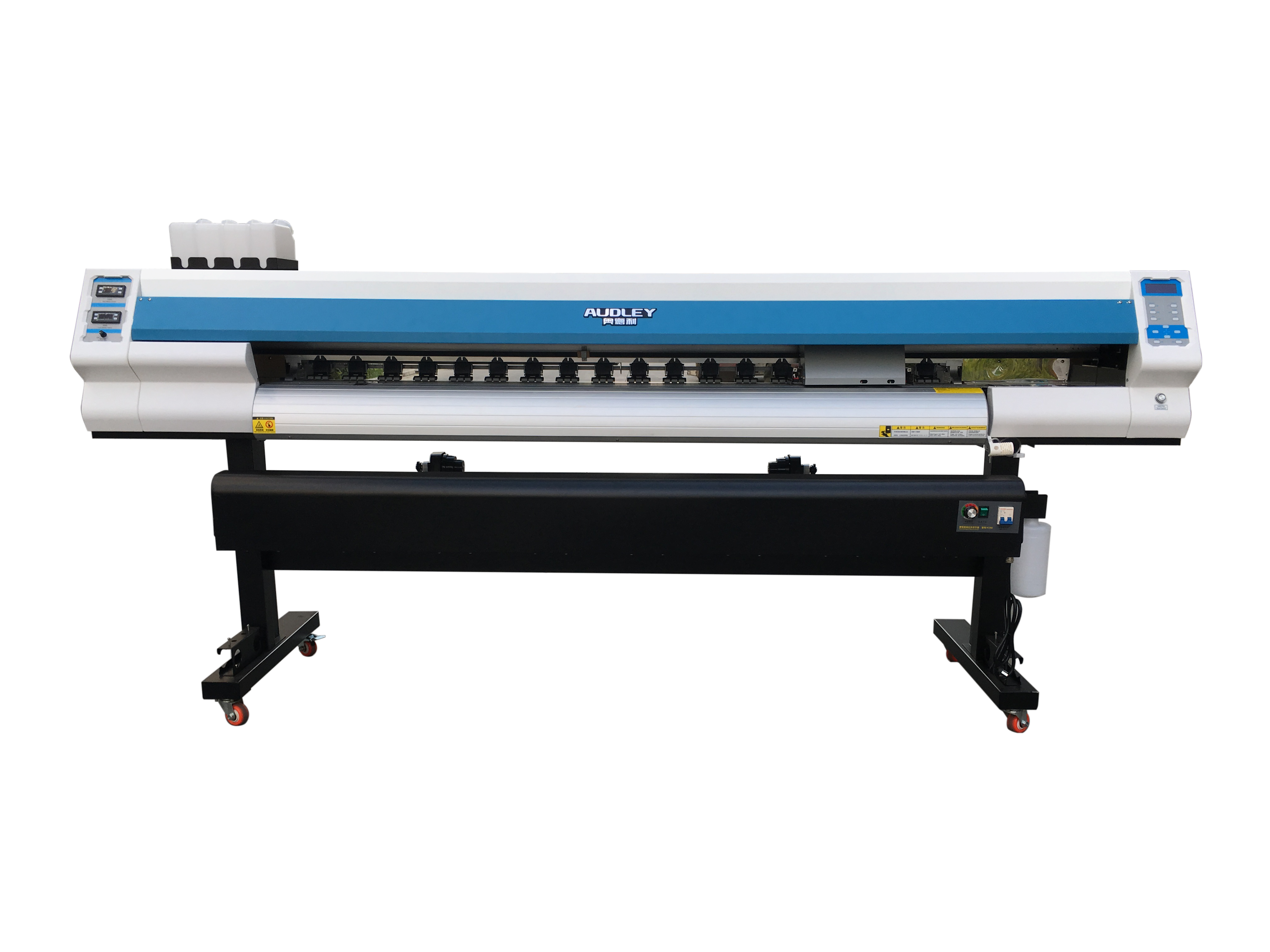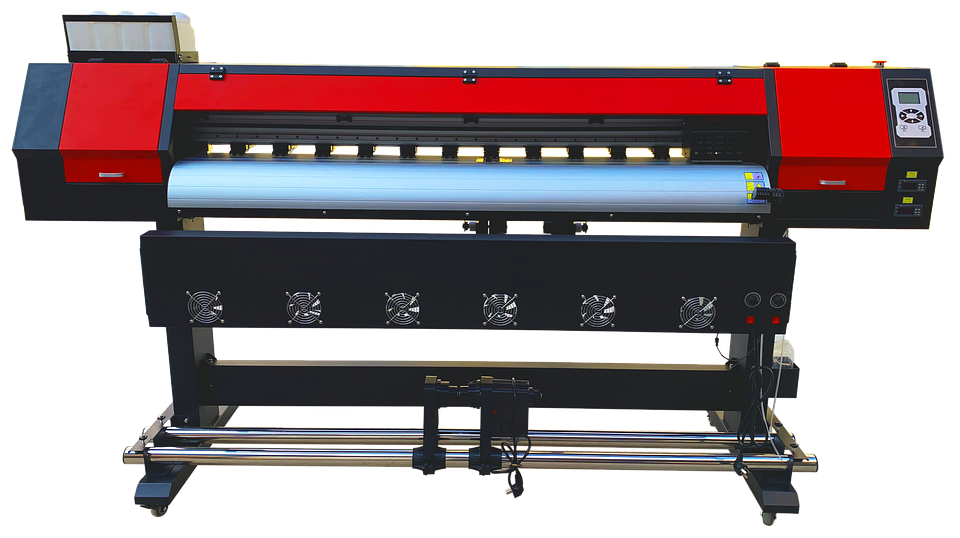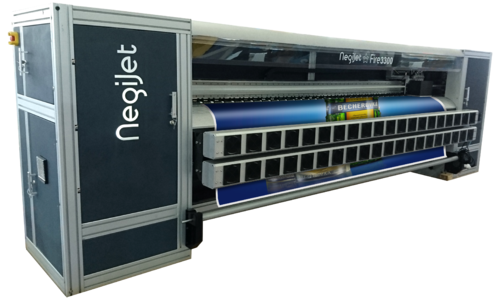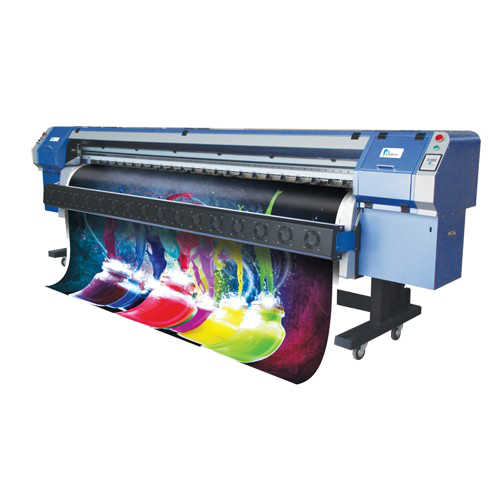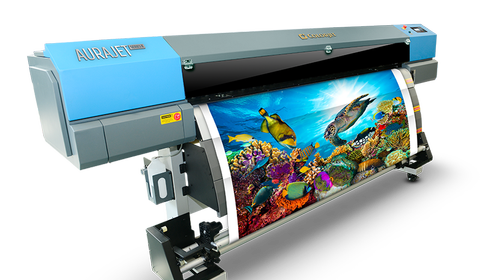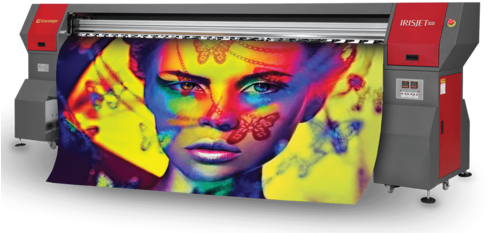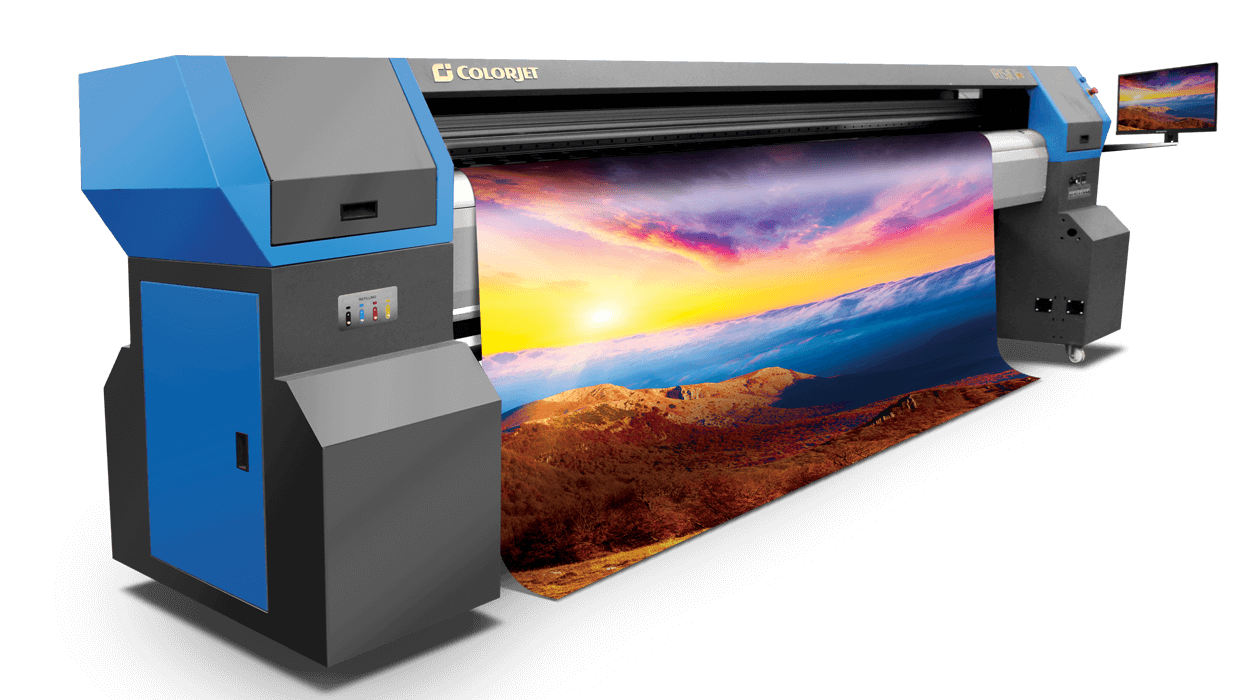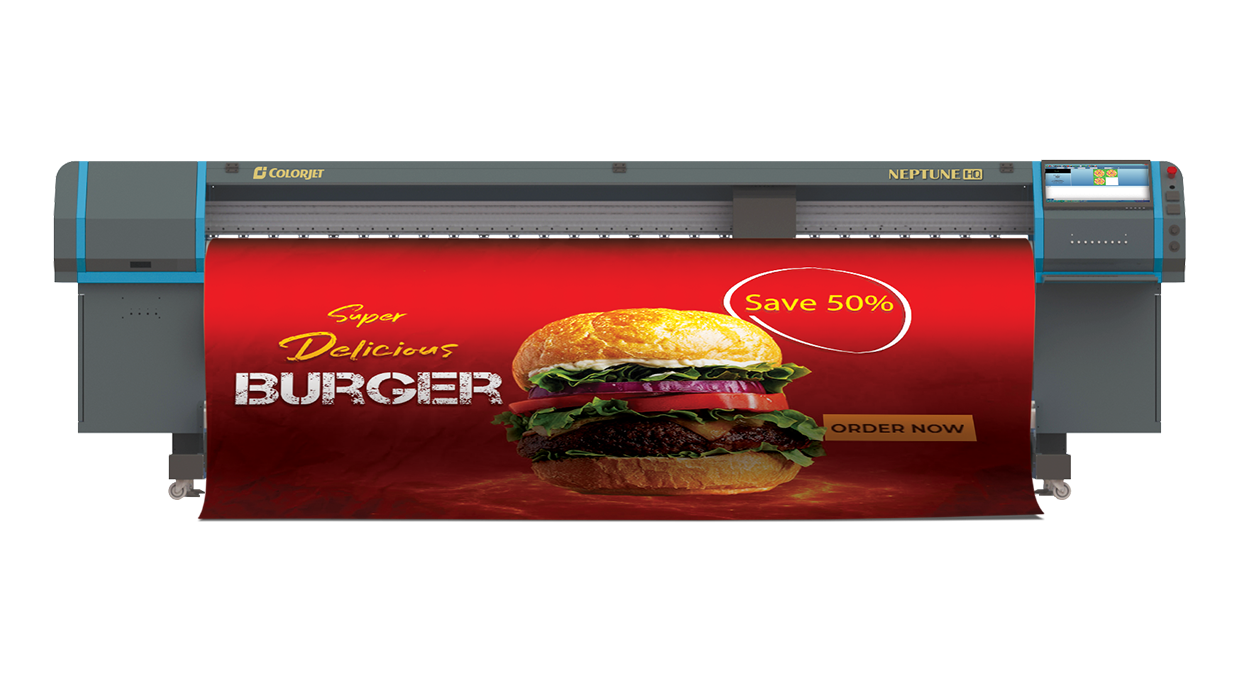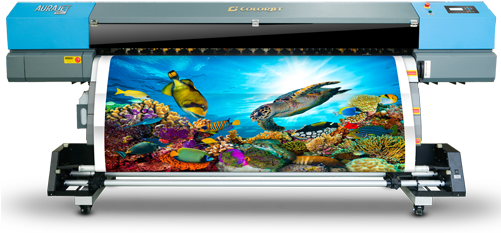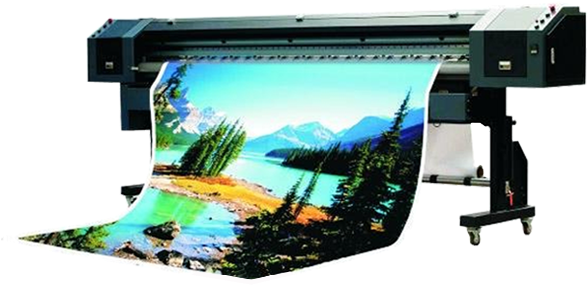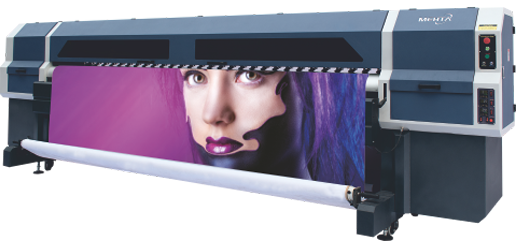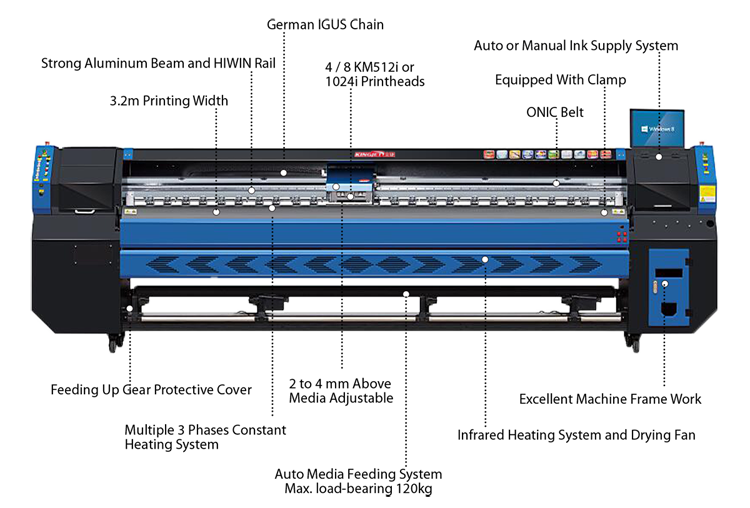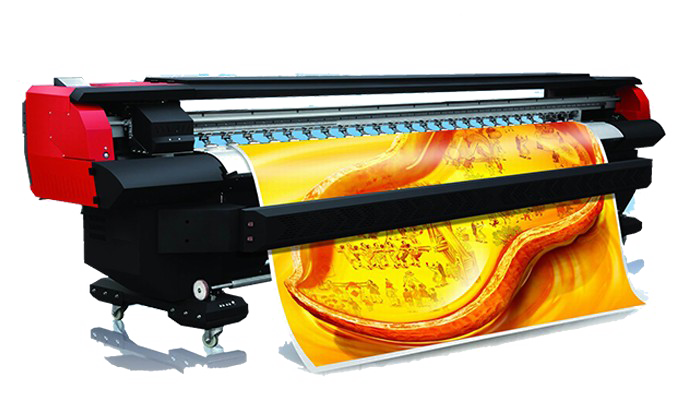Download top and best high-quality free Flex Machine PNG Transparent Images backgrounds available in various sizes. To view the full PNG size resolution click on any of the below image thumbnail.
License Info: Creative Commons 4.0 BY-NC
During the late 1970s and 1980s, Michael Foster and Ian Currie of the Royal Signals and Radar Establishment (RSRE) created the Flex Computer System in Malvern, England. It was developed for the safe and efficient construction of strongly typed procedures, and it employed a tagged storage method to achieve a capability architecture.
The operating system, (modular) compiler, editor, garbage collector, and file system were all written in ALGOL 68RS, and the hardware was bespoke and microprogrammable.
Flex was implemented utilizing hardware with editable microcode in (at least) two versions. Logica provided the first to an RSRE design, whereas ICL PERQ was employed in the second. Storage allocation, deallocation, and garbage collection were all handled by the microcode alone. This quickly eliminated a large class of problems caused by the intentional or unintentional misuse of pointers.
The tagged, write-once filestore was a standout feature of Flex. This enabled the transparent writing and retrieval of arbitrary code and data structures without external encodings. As a result, data may be safely transferred from one program to the next.
On the other hand, remote capabilities allowed data and operations on other computers to be accessible through a network connection without involving the application software in external encodings of data, parameters, or result values.
The entire approach allowed for the safe implementation of abstract data types. Data items and the processes required to access them could be linked together and the resultant capability transferred freely around. The capability would provide access to the procedures, but it couldn’t be utilized to get access to the data in any manner.
Another significant aspect of Flex was the concept of shaky pointers, sometimes known as weak references, which point to memory blocks that may be freed at the next trash collection. For example, this might be used to store cached disc blocks or a list of spare procedure work-spaces.
Along with Flex, COMFLEX, a packet switching network capable of transferring data at magnetic-disc speeds, was created. It allowed remote file storage, remote capabilities, and remote procedure calls to be used.
- Flex Machine PNG
Resolution: 499 × 236
Size: 203 KB
Image Format: .png
Download
- Banner Flex Machine PNG Pic
Resolution: 600 × 400
Size: 260 KB
Image Format: .png
Download
- Flex Machine PNG Images
Resolution: 473 × 277
Size: 181 KB
Image Format: .png
Download
- Banner Flex Machine PNG File
Resolution: 500 × 290
Size: 197 KB
Image Format: .png
Download
- Flex Machine PNG Photos
Resolution: 537 × 419
Size: 151 KB
Image Format: .png
Download
- Banner Flex Machine
Resolution: 500 × 326
Size: 117 KB
Image Format: .png
Download
- Banner Flex Machine PNG Photo
Resolution: 1000 × 600
Size: 86 KB
Image Format: .png
Download
- Banner Flex Machine PNG Free Image
Resolution: 869 × 669
Size: 654 KB
Image Format: .png
Download
- Banner Flex Machine PNG Photos
Resolution: 500 × 267
Size: 177 KB
Image Format: .png
Download
- Flex Machine
Resolution: 472 × 268
Size: 143 KB
Image Format: .png
Download
- Banner Flex Machine PNG HD Image
Resolution: 1000 × 600
Size: 78 KB
Image Format: .png
Download
- Banner Flex Machine PNG Image
Resolution: 800 × 439
Size: 303 KB
Image Format: .png
Download
- Banner Flex Machine PNG Image HD
Resolution: 1000 × 600
Size: 85 KB
Image Format: .png
Download
- Flex Machine PNG Picture
Resolution: 500 × 280
Size: 104 KB
Image Format: .png
Download
- Banner Flex Machine PNG Clipart
Resolution: 500 × 264
Size: 182 KB
Image Format: .png
Download
- Flex Machine Background PNG
Resolution: 500 × 247
Size: 175 KB
Image Format: .png
Download
- Flex Machine PNG Images HD
Resolution: 499 × 303
Size: 196 KB
Image Format: .png
Download
- Banner Flex Machine Background PNG
Resolution: 500 × 259
Size: 201 KB
Image Format: .png
Download
- Flex Machine PNG Image File
Resolution: 500 × 182
Size: 133 KB
Image Format: .png
Download
- Flex Machine No Background
Resolution: 500 × 220
Size: 176 KB
Image Format: .png
Download
- Flex Machine PNG HD Image
Resolution: 900 × 600
Size: 508 KB
Image Format: .png
Download
- Banner Flex Machine PNG Image File
Resolution: 4032 × 3024
Size: 2606 KB
Image Format: .png
Download
- Banner Flex Machine PNG Cutout
Resolution: 960 × 538
Size: 424 KB
Image Format: .png
Download
- Banner Flex Machine No Background
Resolution: 500 × 301
Size: 193 KB
Image Format: .png
Download
- Banner Flex Machine PNG Picture
Resolution: 500 × 500
Size: 181 KB
Image Format: .png
Download
- Banner Flex Machine PNG Images
Resolution: 500 × 280
Size: 219 KB
Image Format: .png
Download
- Flex Machine PNG Pic
Resolution: 1858 × 1032
Size: 2527 KB
Image Format: .png
Download
- Flex Machine PNG Clipart
Resolution: 537 × 419
Size: 289 KB
Image Format: .png
Download
- Flex Machine PNG Image
Resolution: 490 × 233
Size: 207 KB
Image Format: .png
Download
- Flex Machine PNG Background
Resolution: 1252 × 700
Size: 687 KB
Image Format: .png
Download
- Banner Flex Machine PNG Background
Resolution: 1252 × 700
Size: 135 KB
Image Format: .png
Download
- Flex Machine PNG Image HD
Resolution: 1252 × 700
Size: 546 KB
Image Format: .png
Download
- Banner Flex Machine Transparent
Resolution: 600 × 400
Size: 62 KB
Image Format: .png
Download
- Flex Machine PNG File
Resolution: 507 × 291
Size: 289 KB
Image Format: .png
Download
- Flex Machine PNG Cutout
Resolution: 501 × 233
Size: 198 KB
Image Format: .png
Download
- Flex Machine PNG Photo
Resolution: 587 × 285
Size: 284 KB
Image Format: .png
Download
- Flex Machine PNG Free Image
Resolution: 517 × 245
Size: 512 KB
Image Format: .png
Download
- Flex Machine Transparent
Resolution: 750 × 508
Size: 223 KB
Image Format: .png
Download
- Banner Flex Machine PNG
Resolution: 680 × 416
Size: 299 KB
Image Format: .png
Download
